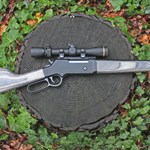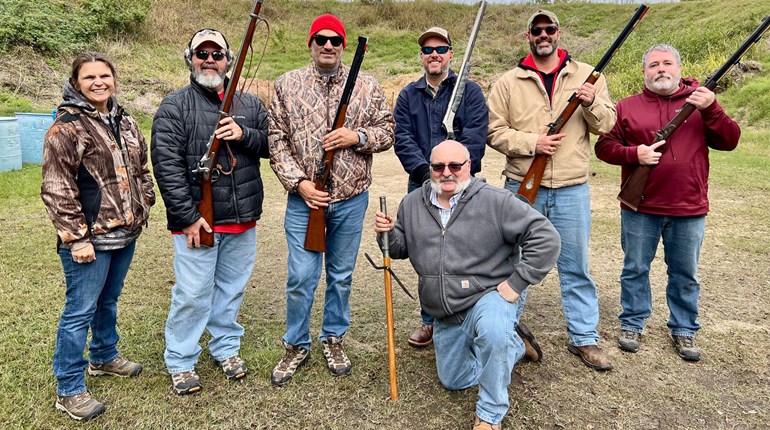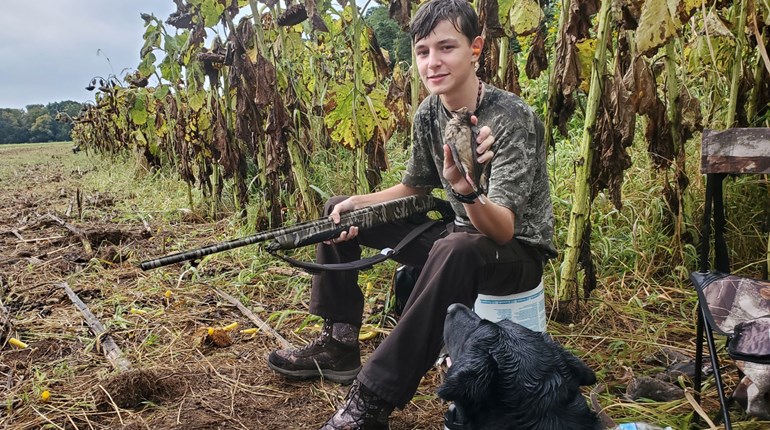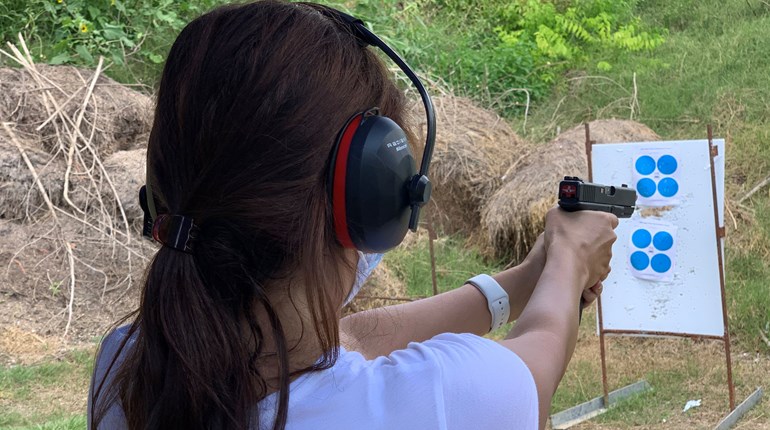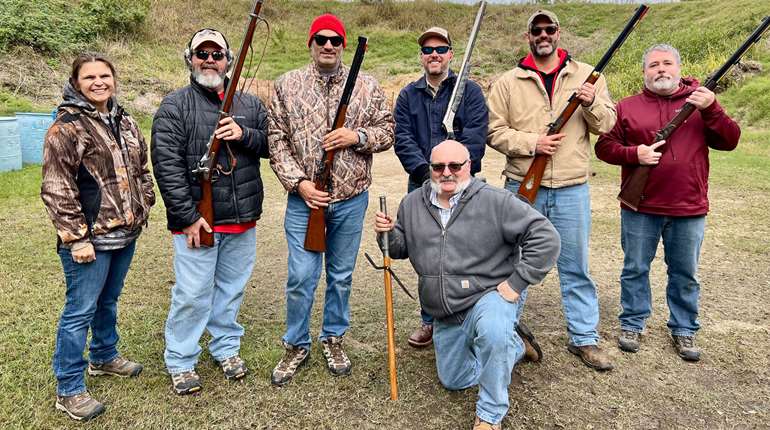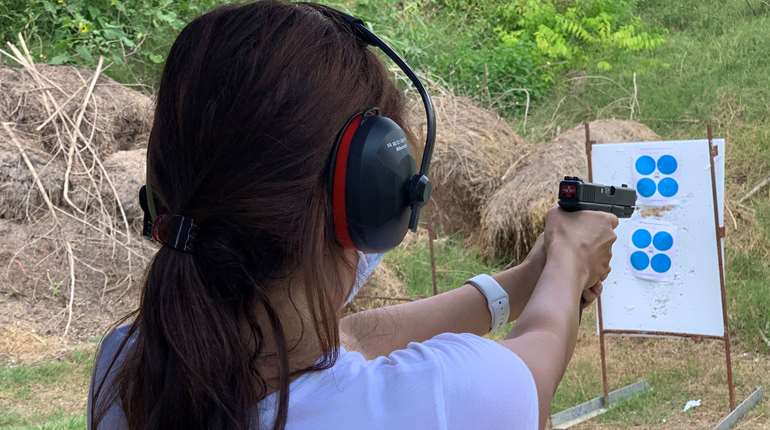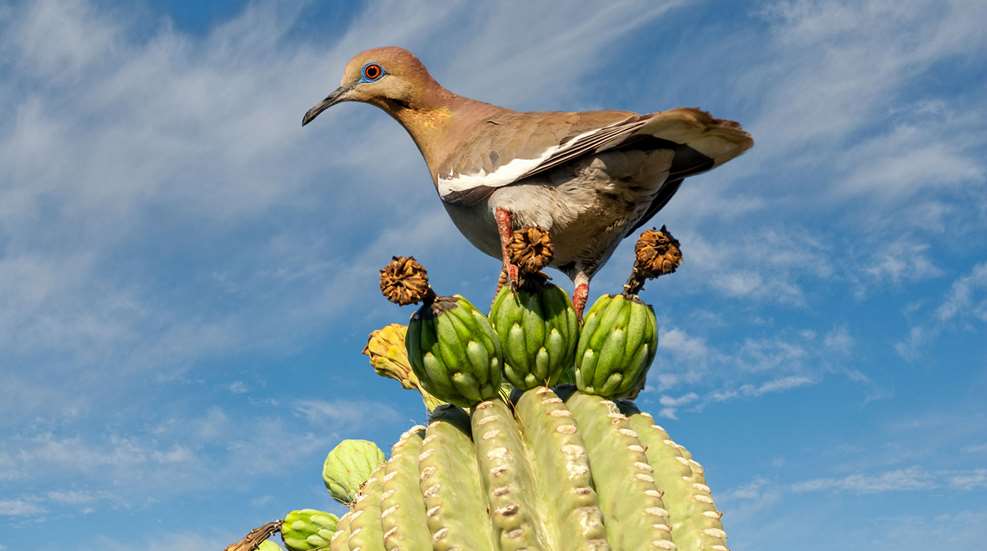
For many hunters, the opening of dove season signals the beginning of hunting season! Unless you live in the deep southern United States, you may not know that there are three dove hunting zones in the United States: the North Zone, Central Zone and South Zone. Additionally, in Texas, there is a Special White-Winged Dove season in the Rio Grande Valley that opens before the regular South Zone opening.

Most of the United States falls in the North Zone or the Central Zone, which open every year around September 1. The South Zone, which falls mostly in Texas, usually opens two weeks later, though the actual opening date can vary from year-to-year, so make sure you check the state regulations annually. Unfortunately, there are nine states that do not permit dove hunting: Connecticut, Massachusetts, Maine, Michigan, New Hampshire, New Jersey, New York, Vermont and Alaska.
In addition to opening dates for dove season, you need to know what a legal dove is in the state in which you are hunting, and how to identify it. The most common doves are the mourning dove, white-wing dove, white-tipped dove, rock dove, Eurasian dove and the Inca dove.
Mourning Dove (Zenaida macroura)
The adult has a plump body and a head that looks small in comparison to their body. Their long and pointed tail with a white edge is distinctive among North American doves. They weigh between 3 and 6 ozs. with a wingspan of around 18 inches. Their coloration is light brown to tan, with black spots on the wings and white tips to the tail feathers. The mourning dove is the most abundant dove species and is found across most of North America. They are a highly mobile species and capable of moving great distances.
Mourning Doves are the most frequently hunted species in North America. Hunters take an estimated 20 million of these game birds annually. Mourning doves fly fast and have powerful wingbeats which make them one of the most exciting game birds to pursue. They can often be seen making sudden upward climbs and downward slopes, as they rapidly dart across the sky. (National Park Service image)

White-winged dove (Zenaida asiatica)
The adult is a medium-sized dove, larger than a mourning dove and smaller than a Eurasian Collared Dove. They weigh between 4.4 and 6.6 ozs. and have a wingspan between 18 and 23 inches. They have a small head with a dark streak on the cheek, with blueish coloration around their red eyes. The tail is short and square-tipped with white corners that appear when in flight. The coloration appears light brown to gray, and they have a white crescent-shaped stripe that follows the outline of each wing when folded. These stripes become a large white patch on the underside of the inner wings when in flight. The white-winged dove is easily identified by the large white stripe and black tip on the wings. They can be found across the southern United States and into Central and South America, and are a desired species to hunt. Always check your local, state and federal regulations for annual updates on daily bag and possession limits. (National Park Service image)

White-tipped dove (Leptotila verreauxi)
The white-tipped dove is also called the white-fronted dove in some areas. They are plump with a small head and short, rounded tail. These dove a slightly larger than the white-winged dove and weigh between 3.5 and 8 ozs. and are anywhere between 9 and 12 inches long. Their body is pale in color with an unmarked face and neck. They have a white colored chin and forehead, and the tail has white corners that are visible when they fly. In the United States, they are only found in far South Texas. The white-tipped dove can be found throughout Mexico, Central and South America.
The white-tipped dove a not as common in the United States as the mourning and white-wing dove. The white-tipped dove is only found in the deep south or deep southwestern United States. Because of the scarcity of this game bird, the taking of these game birds is strictly regulated so always check your local, state and federal regulations for annual updates on daily bag and possession limits. (Wikipedia image: creative commons license)
Rock Dove (Columba livia)
Rock doves are often referred to as pigeons. Rock doves, or pigeons, are nothing more than feral dove species. Hunting these birds is probably the most underrated wing-shooting activity in the United States. These birds are considered a nuisance and, depending on the state in which you reside, could offer year-round hunting with no bag or possession limits. Rock doves are considered by many hunters excellent table fare.

Rock doves are the largest of the doves found in North America and come in a wide variety of colors and patterns. The best places to find rock doves are near barns, stables, silos or any other manmade structures that provides roosting and nesting locations.

Eurasian Collared Dove (Streptopelia decaocto)
The Eurasian dove, more commonly called the collared dove, are also considered a nuisance or invasive species. Therefore, like the rock dove, there is usually open season year-round with no bag or possession limits. These birds can usually be found flying with mourning doves or white-winged doves.
These birds have plump bodies with small heads and long tails. They are larger and beefier than a mourning dove but thinner than a rock dove. They weigh between 5 and 7 ozs. and have a wingspan around 14 inches. The bird has a narrow half-collar black ring around the nape, which is how the bird gets its name. Their wings are wide and somewhat rounded, and the wingtips are darker than the rest of the wing. Their broad tail has white patches and is squared off at the tip, which is a noticeable contrast from the mourning dove’s pointed tail. (Wikipedia image: Sharp Photography.co.uk;creativecommons license)

Inca Dove (Columbina inca)
Inca doves are sometimes referred to as turtle doves. It is important to know how to identify this bird because it is a protected species with no open season in the United States. Penalties for shooting an Inca dove can come with harsh consequences and high fines.
This dove is small and slender with a long and square-tipped tail with white outer tail feathers, a small head, and the body size is smaller than a mourning dove. They weigh between 1 and 2 ozs. and are between 7 and 9 inches long. They are tan in color and the feathers have black around the edges, appearing as a scaly pattern across their entire body resembling fish scales. The Inca dove can be found through the southern states, from California to Louisiana, bordering the Rio Grande River and Mexico. These tough little doves prefer their habitat to be hot and dry.
Dove hunting continues to be a highly anticipated activity each fall. It is a lot of fun identifying your birds and shooting a limit of these fast-moving targets that are darting and zipping across the sky. Dove hunting is also a social sport, and many hunters enjoy this pastime with friends and family. This is a great way to introduce a new hunter to the sport. In the end and after a successful day in the field, another benefit to the hunt is grilling and bacon-wrapping your reward! Always check your local, state, and federal regulations before hitting the field. (Wikipedia image: creativecommons license)











